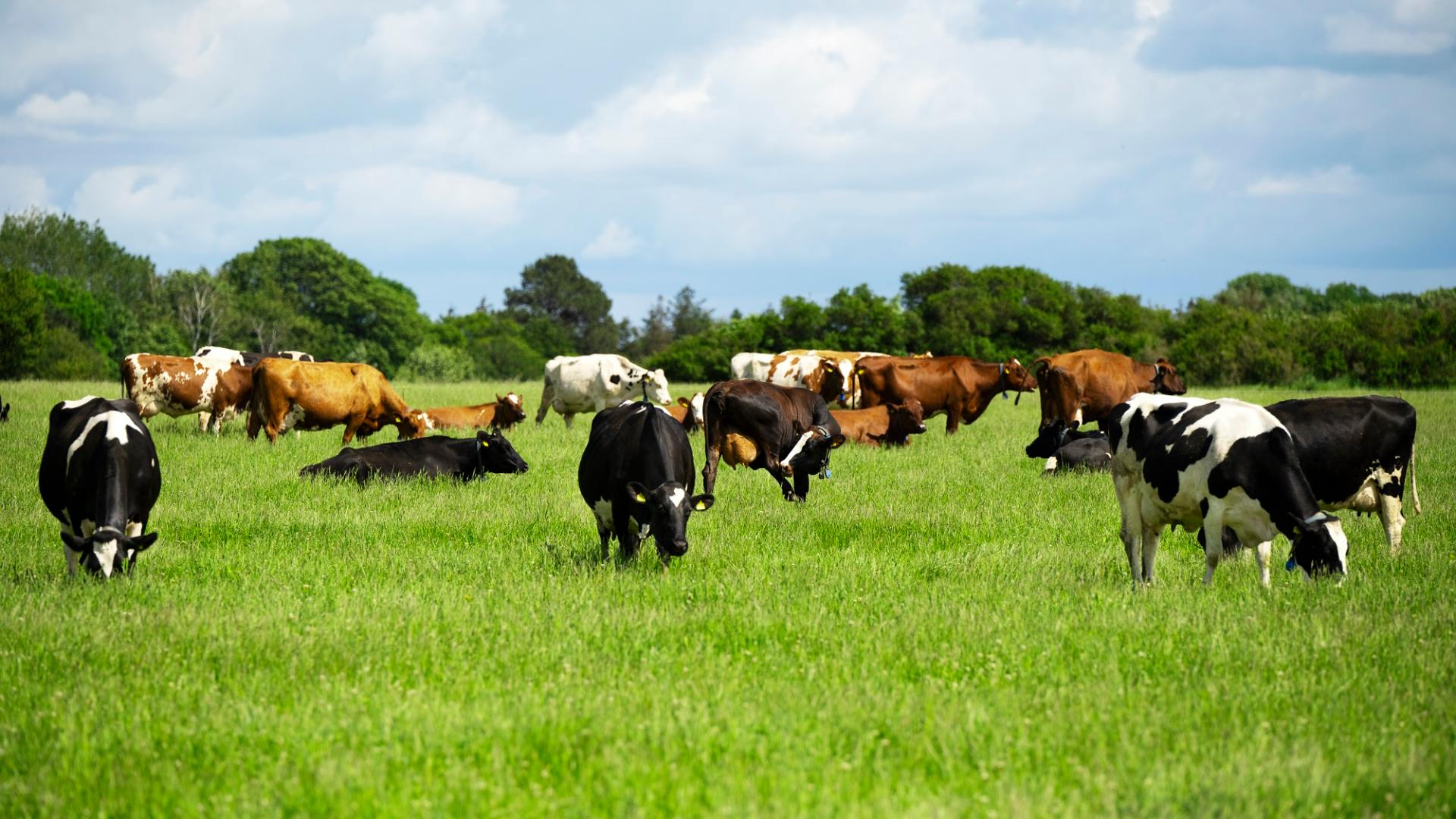Deep roots fight spring drought
Researchers have provided new knowledge about root architecture in grasses, and DLF is now able to provide customers with verified guidance, when they ask for the most drought tolerant species and varieties.

Plant breeding for improved root architecture is not an easy task
In fact it is quite difficult to get a good look at what’s going on deep in the soil and to get this information for a high number of breeding lines.
At least until now. Together with Copenhagen University, DLF has tested different grass varieties for deep root mass using the world’s most advanced root screening facility, RadiMax. This facility enables imaging of roots down to 3 m depth, so that we can find out how they perform under drought conditions.
“Our breeders are getting unique information about root architecture and are able to identify and select candidates with the fastest root growth, the deepest roots and the highest root mass. They have already identified a number of varieties to be the first choice when drought tolerance matters,” says Christian S. Jensen, Senior scientist and Head of Biotech in DLF.
“Combining the data from RadiMax with what we already know from our other R&D activities, we can develop new breeding lines to further improve drought tolerance in our new varieties. By now, we have been able to verify that the root mass of our forage specie Ryegrass PLUS and for our professional turf specie 4turf are superior to the standard ryegrass specie” says Christian S. Jensen.
Currently, deep root mass and root architecture are not rewarded by any official value tests in the European evaluation system. DLF believe it is essential to pursue the target nonetheless to bring drought tolerant varieties to the market for the benefit of farmers and professional turf managers.
Spring drought – a common phenomenon
With changing climatic conditions, spring- and early summer drought occurs more frequently. In many cases it will severely impact forage crops and turf performance. 2020 was no exception. For the sixth time in a row, northern- and central parts of Europe were, to various degrees, hit by spring- and early summer drought. In all those years drought had economic consequences for forage grass producers and turf managers. Spring sown farm crops were exposed in 2020 and had difficulties in germinating, and crops established in the previous years were set back in the middle of an exponential growth period. On the turf swards the consequences were poor visual appearance, more repairs, and less playing hours.
The phenomenon is not debatable anymore. We’d better get used to the likelihood that spring drought will be the rule rather than the exception!
So - when a farmer or a turf manager asks for drought tolerant varieties in the seed bag – DLF is able to provide it - verified by RadiMax.